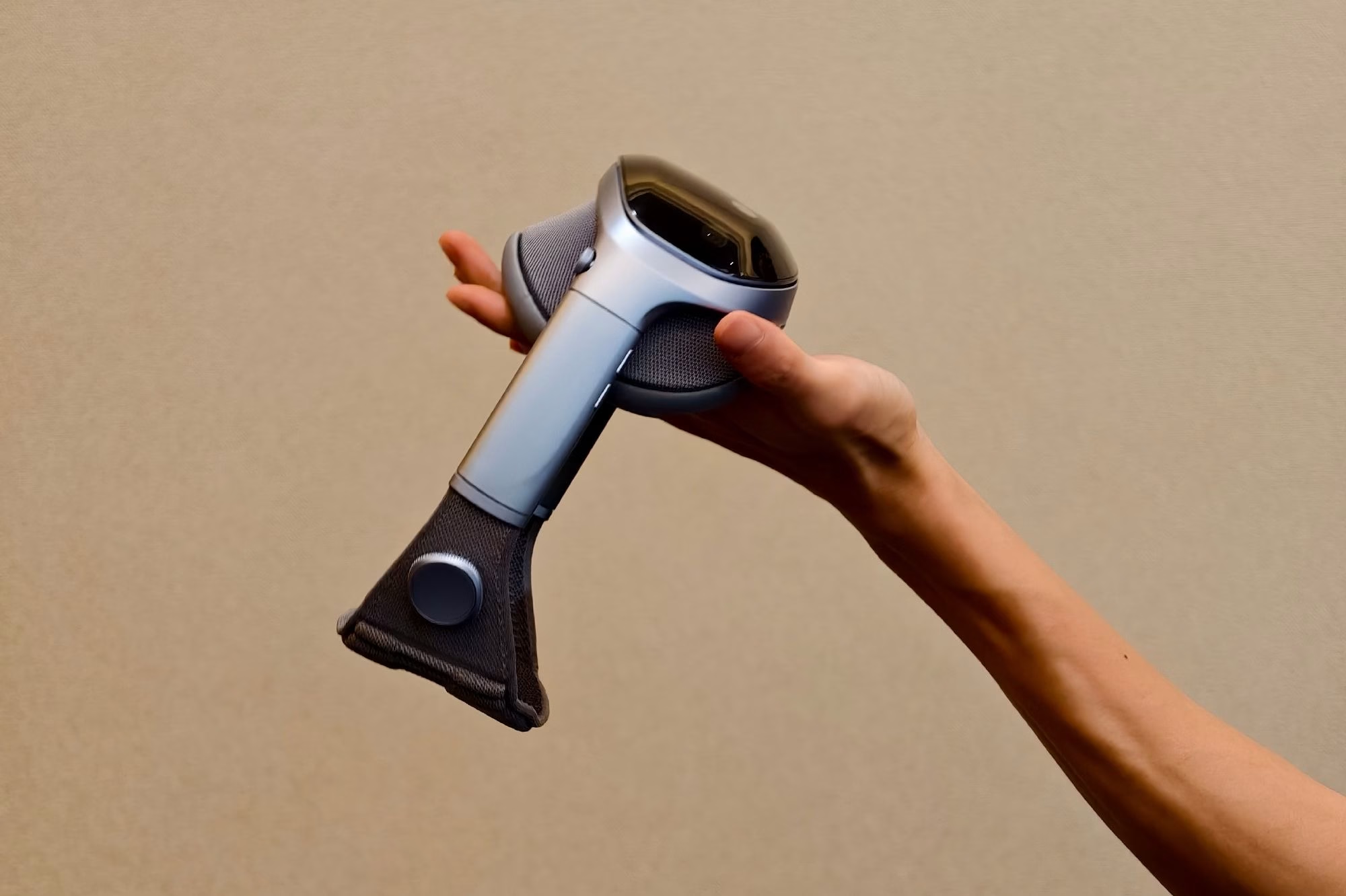Vivo's Mixed Reality Headset: "Vision" Unveiled, Launch Imminent
The mixed reality (MR) landscape just got a significant new player. Vivo, the global smartphone giant, officially confirmed and even unveiled its first mixed reality headset, dubbed "Vivo Vision," at the Boao Forum for Asia Annual Conference back on March 25, 2025. This isn't just a rumor; it's a concrete step into a burgeoning market, positioning Vivo directly against established names like Apple's Vision Pro and Meta's Quest 3. And from what we're hearing, the launch is indeed fast approaching.
The Official Unveiling and Initial Impressions
Vivo's entry into the MR space has been anticipated, but the official unveiling at the Boao Forum truly solidified their intentions. What we saw there was a prototype, yes, but one that clearly signaled Vivo's ambition. The "Vivo Vision" headset, as it's been named, immediately drew comparisons to Apple's Vision Pro due to its sleek, visor-like form factor and the promise of high-fidelity displays. It's a design choice that suggests a premium, immersive experience, rather than a bulky, utilitarian device.
But it's not just about aesthetics. Vivo emphasized the headset's focus on "real-time spatial computing capabilities." This is a critical distinction, suggesting their vision extends far beyond mere gaming. Think consumer robotics integration, advanced AI applications, and perhaps even new forms of productivity. It's a broad stroke, certainly, but one that hints at a comprehensive ecosystem play, not just a standalone gadget. We're talking about a device that could potentially blend your digital life with your physical surroundings in genuinely innovative ways.
The "Fast Approaching" Launch Timeline
So, when can we expect to get our hands on this thing? Vivo's stated timeline indicates a prototype launch in mid-2025, with high-fidelity experiences rolling out in select cities (starting with China, naturally) by late 2025. Given that we're now in August 2025, "mid-2025" has, well, passed. This suggests a few possibilities: either a quiet, limited soft launch has already occurred in specific regions, or the timeline is slightly more fluid than initially presented. It's not uncommon for tech companies to adjust these things, is it?
What we do know is that Vivo isn't just dabbling. Reports from late 2024 indicated a dedicated team of over 500 members working on this project. That's a substantial investment, aiming, some say, to even surpass Apple Vision Pro in spatial processing features. The sheer scale of the team underscores Vivo's commitment. They're not just throwing something at the wall to see what sticks; they're building a serious contender.
Under the Hood: Android XR and Beyond
One of the most significant pieces of confirmed information about the Vivo Vision is its operating system: Android XR OS. This is a smart move, really. Leveraging Android's vast developer ecosystem and familiarity could give Vivo a considerable advantage in content creation and app development. It means a more seamless integration with existing Android devices and services, which is something Apple's ecosystem, while robust, doesn't offer to the broader Android user base.
While specific, granular technical specifications beyond the OS are still largely under wraps, the emphasis on "real-time spatial computing" implies a powerful processor, advanced sensor arrays for environmental mapping and hand tracking, and high-resolution displays. We can expect features like passthrough video (to see the real world with digital overlays), robust object recognition, and intuitive user interfaces that don't rely solely on controllers. It's about making the digital feel truly present in your physical space. And that's no small feat.
Implications for the Mixed Reality Market
Vivo's entry is a big deal for the mixed reality market. For too long, the conversation has been dominated by Meta and, more recently, Apple. Vivo brings a fresh perspective, backed by significant manufacturing capabilities and a massive presence in Asian markets. This could democratize MR technology, making it more accessible and competitive.
- Increased Competition: More players mean more innovation and potentially lower prices for consumers. It pushes everyone to do better.
- Android XR Ecosystem Growth: Vivo's adoption of Android XR could significantly boost its development, attracting more developers and applications.
- Focus on Practical Applications: Vivo's stated interest in consumer robotics and AI integration suggests a broader vision for MR beyond entertainment, which could accelerate its adoption in various industries.
Will Vivo Vision be the device that truly breaks mixed reality into the mainstream? It's too early to say for sure. But their commitment, the design philosophy, and the strategic choice of Android XR OS certainly make them a formidable force to watch. The coming months, as we approach the promised "late 2025" high-fidelity experience rollout, will be crucial. We're on the cusp of seeing how Vivo's vision translates into reality.
